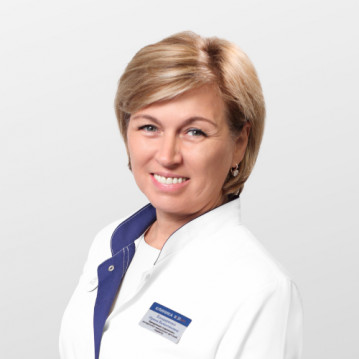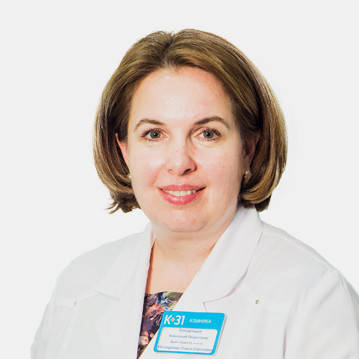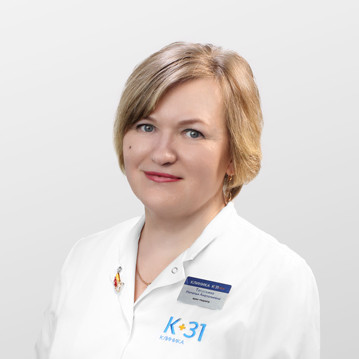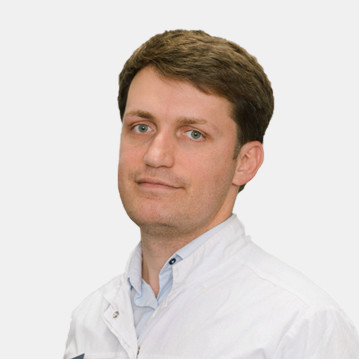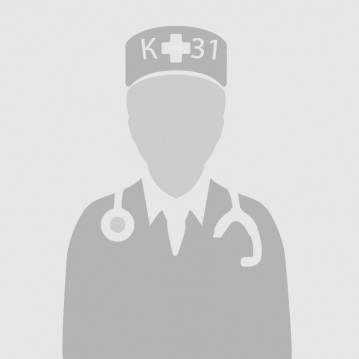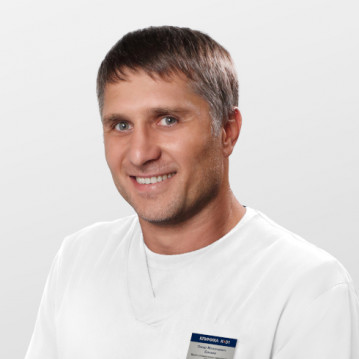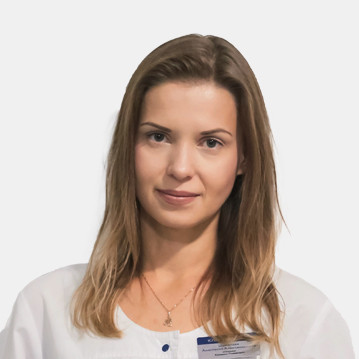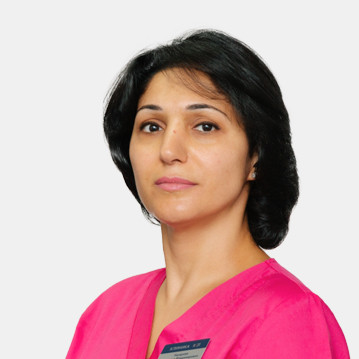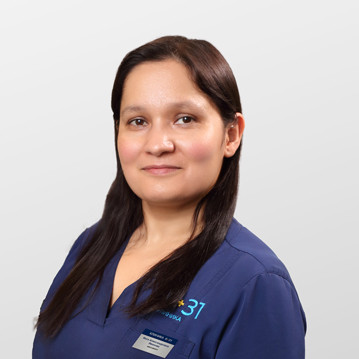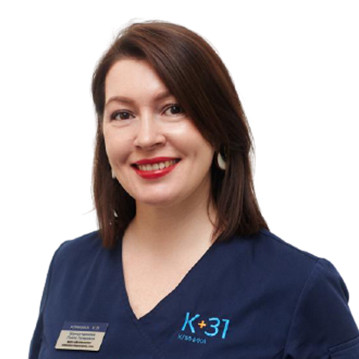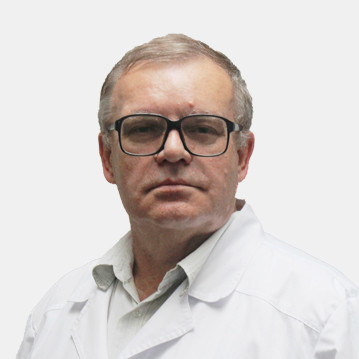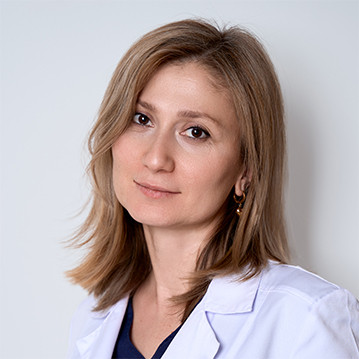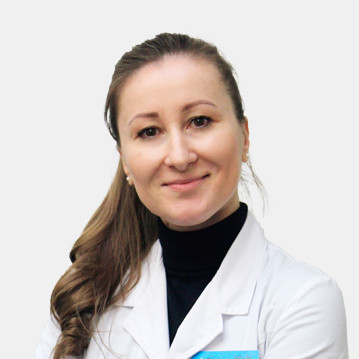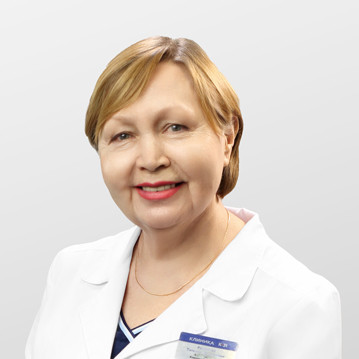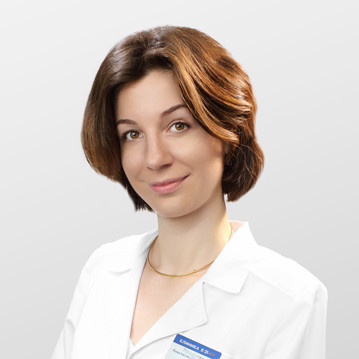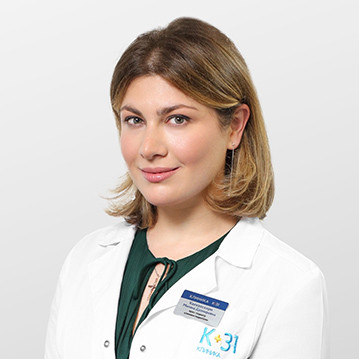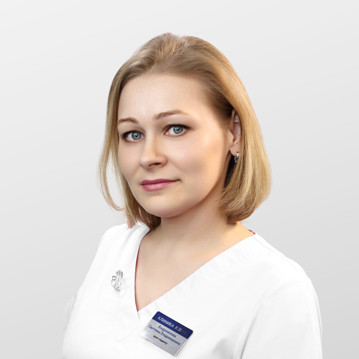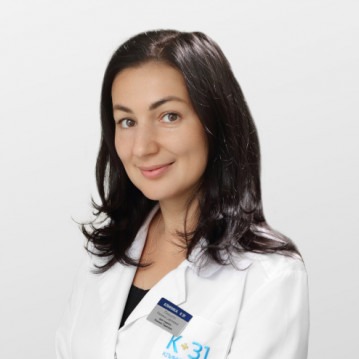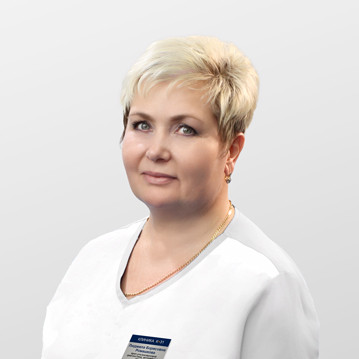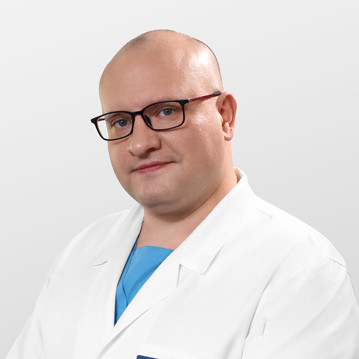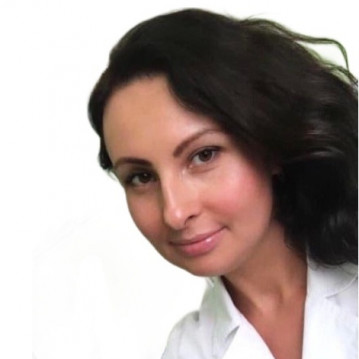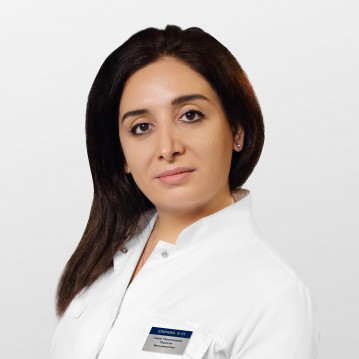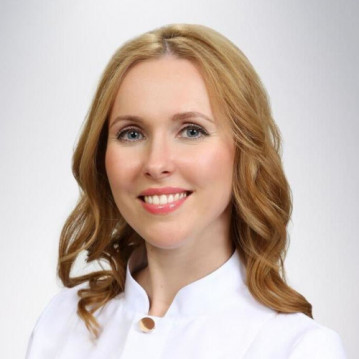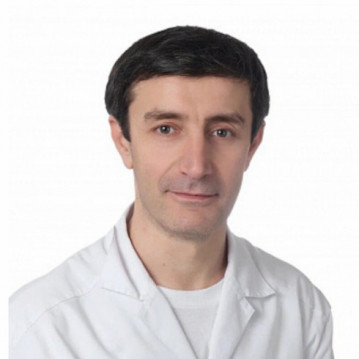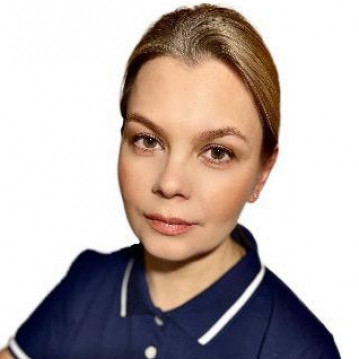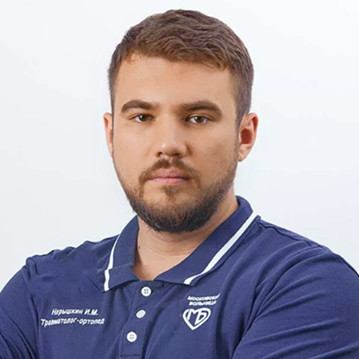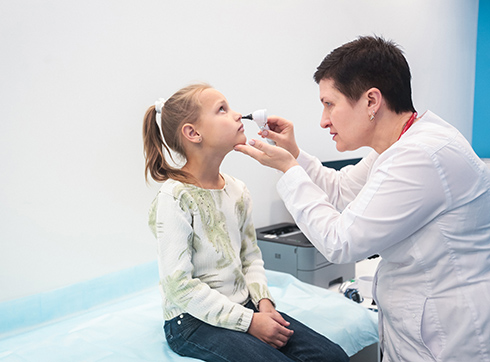
The clinic of pediatrics K + 31 offers its patients a wide range of medical care in the field of pediatric otorhinolaryngology.
Among children, ENT pathology is very common, as it includes acute respiratory infections, acute respiratory viral infections, rhinitis, sinusitis, otitis media, laryngitis, tonsillitis and other inflammatory diseases. In addition, the otorhinolaryngologist treats injuries of the ENT organs (nose, outer ear, eardrum), eliminates anatomical defects (curvature of the nasal septum), and removes foreign bodies (from the external auditory canal, nasal cavity).
The listed pathologies are most common in children, therefore, a pediatric ENT doctor is especially in demand in pediatric practice.
The pediatric clinic K + 31 employs experienced pediatric otorhinolaryngologists who have been successfully involved in the diagnosis, treatment and prevention of ENT diseases for many years, using modern knowledge and world technologies.
Otolaryngologists conduct medical examinations of children and remove foreign objects from the ENT organs (nasal, auditory and other passages). On the day of contacting a specialist, he can prescribe the following diagnostics:
- MRI
- CT
- endoscopy of the nasopharynx;
- otoacoustic emission (a study of hearing acuity in young children);
- audiometry (a study of visual acuity);
- tympanometry (study of the mobility of the eardrum, the functions of the middle ear and the conductivity of the auditory ossicles).
Otolaryngologists conduct conservative treatment:
- acute and chronic vasomotor rhinitis;
- otitis media (including purulent and exudative);
- allergic, chronic and acute adenoiditis;
- sinusitis;
- hearing loss and dysfunction of the auditory tubes.
Clinic K + 31 specialists also prevent acute exacerbations of chronic tonsillitis (washing the gaps of the palatine tonsils) and course treatment for hearing loss (pneumatic massage of the tympanic membranes and purging of the auditory tubes).
